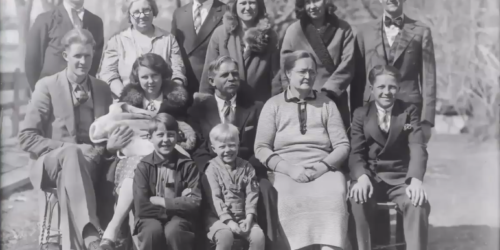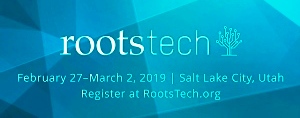Getting to Know FamilySearch Community and Partner Trees
When we think about using the Search menu in FamilySearch, the most familiar choice is right at the top: Records. The other items in the menu may be less familiar, however.
Halfway down the menu is the Genealogies option, which is an interesting one. Many of us are aware that a huge number of user-submitted pedigrees are available on FamilySearch. This is a bit like the proverbial double-edged sword: one the one hand, there are millions of ancestor names included here; on the other hand, many of them are lacking record sources or verification and may contain obvious errors.
FamilySearch advises us to review information in user-submitted genealogies carefully, which makes good sense. Many of us, however, shy away from the Genealogies option, knowing that there may be a lot of extra work to do in verifying and sorting through information. That’s where the Community and Partner Trees options can be especially useful.
About Community and Partner Trees
FamilySearch recently posted a blog article on community and partner trees. These are family trees with information that has been checked closely by professionals, so there is a higher level of accuracy and reliability. Here is the link to the blog article:
Community Trees: A Reliable Resource for Genealogy Breakthroughs
An important thing to remember is that using the Records option in the Search menu generally won’t find these community and partner trees; you need to select them in the Genealogies option of the Search menu. Also, be sure to read the descriptions at the bottom of the Genealogies page to learn more about the following topics: Guild of One-Name Studies, Community Trees, Oral Genealogies, Partner Trees: MyTrees.com, Partner Trees: Rootsfinder, Partner Trees: American Ancestor, Pedigree Resource File, Ancestral File, and International Genealogical Index (IGI).
The Family History Guide has instructions for accessing the various items in the Search menu, including Genealogies, community trees, and partner trees. Go to Project 4: Discover and select Goal 5: FamilySearch Research Tools.
Enjoy exploring community trees and partner trees in FamilySearch—you may be surprised at what’s waiting to be discovered!





